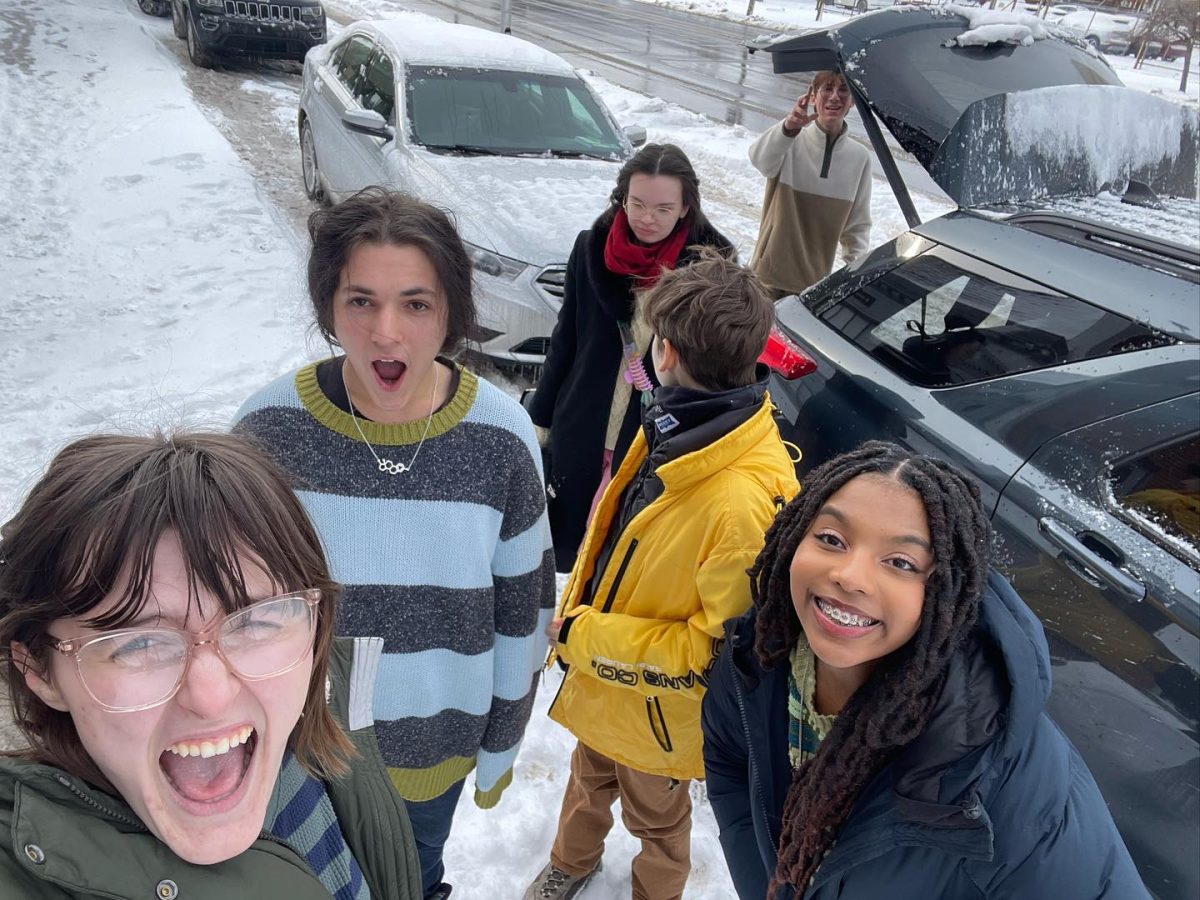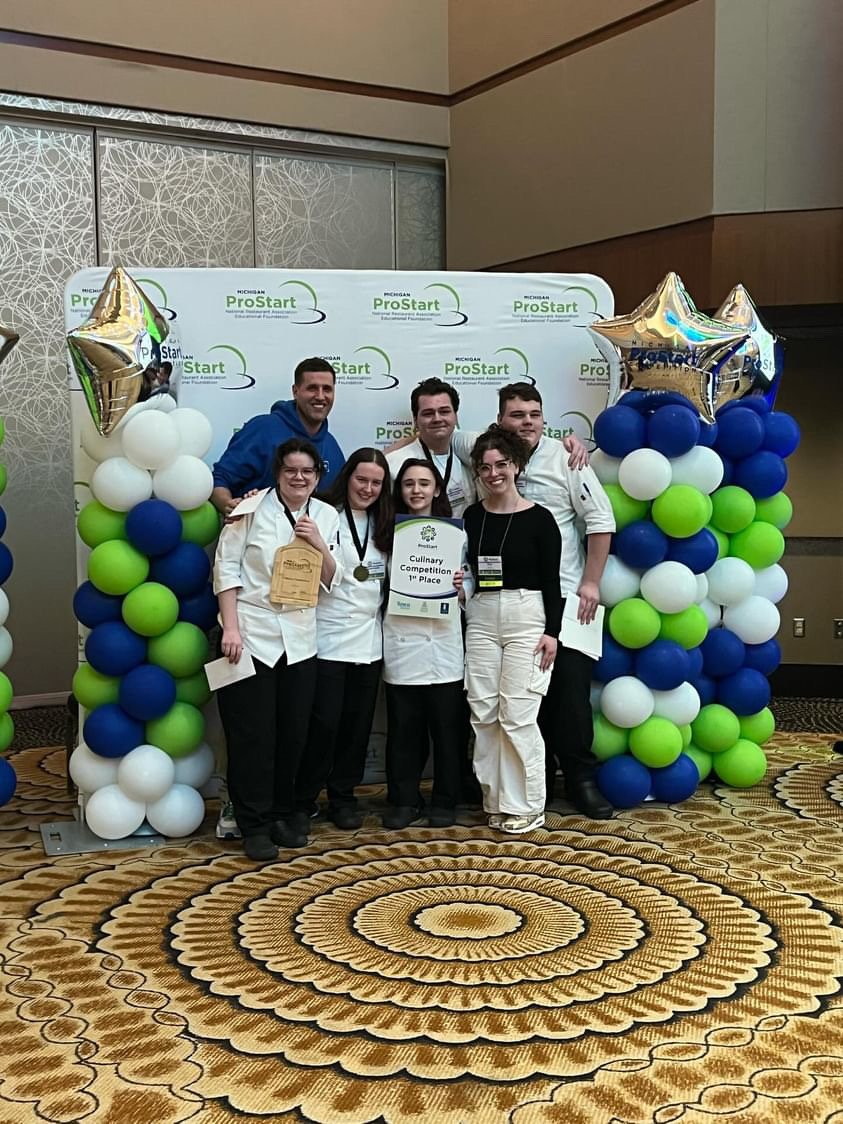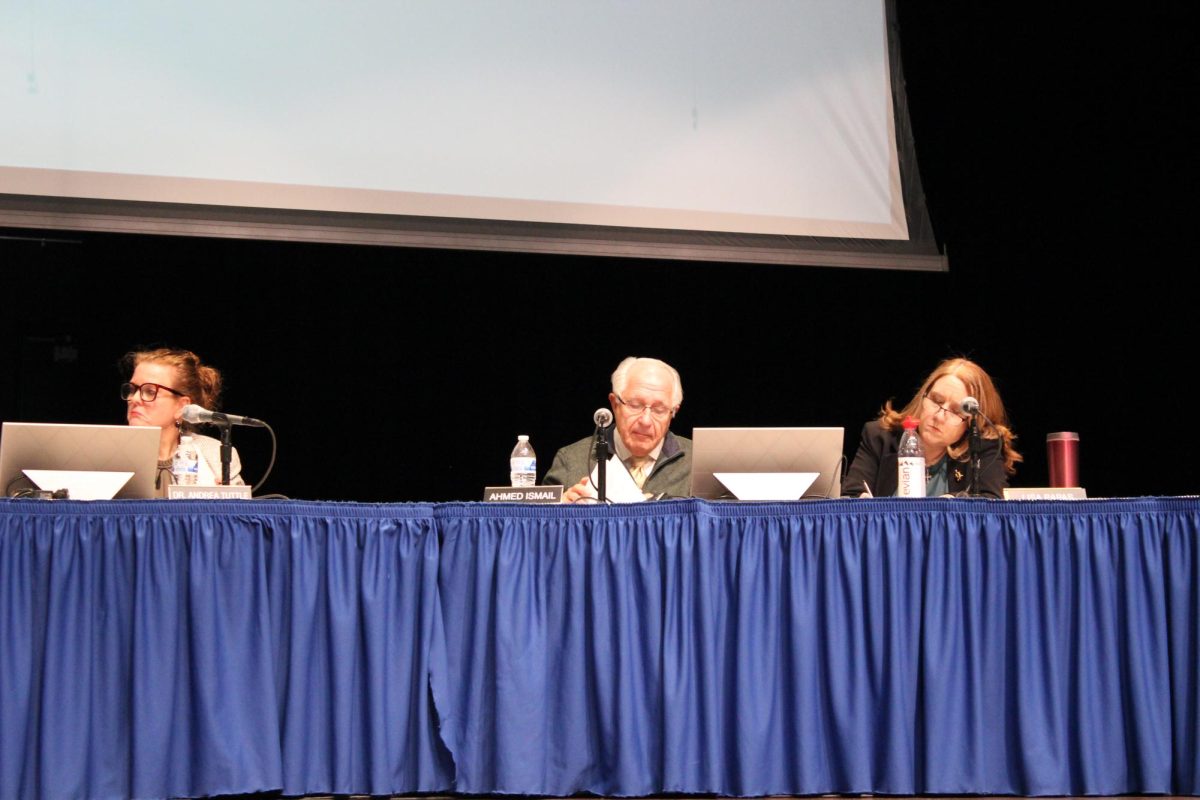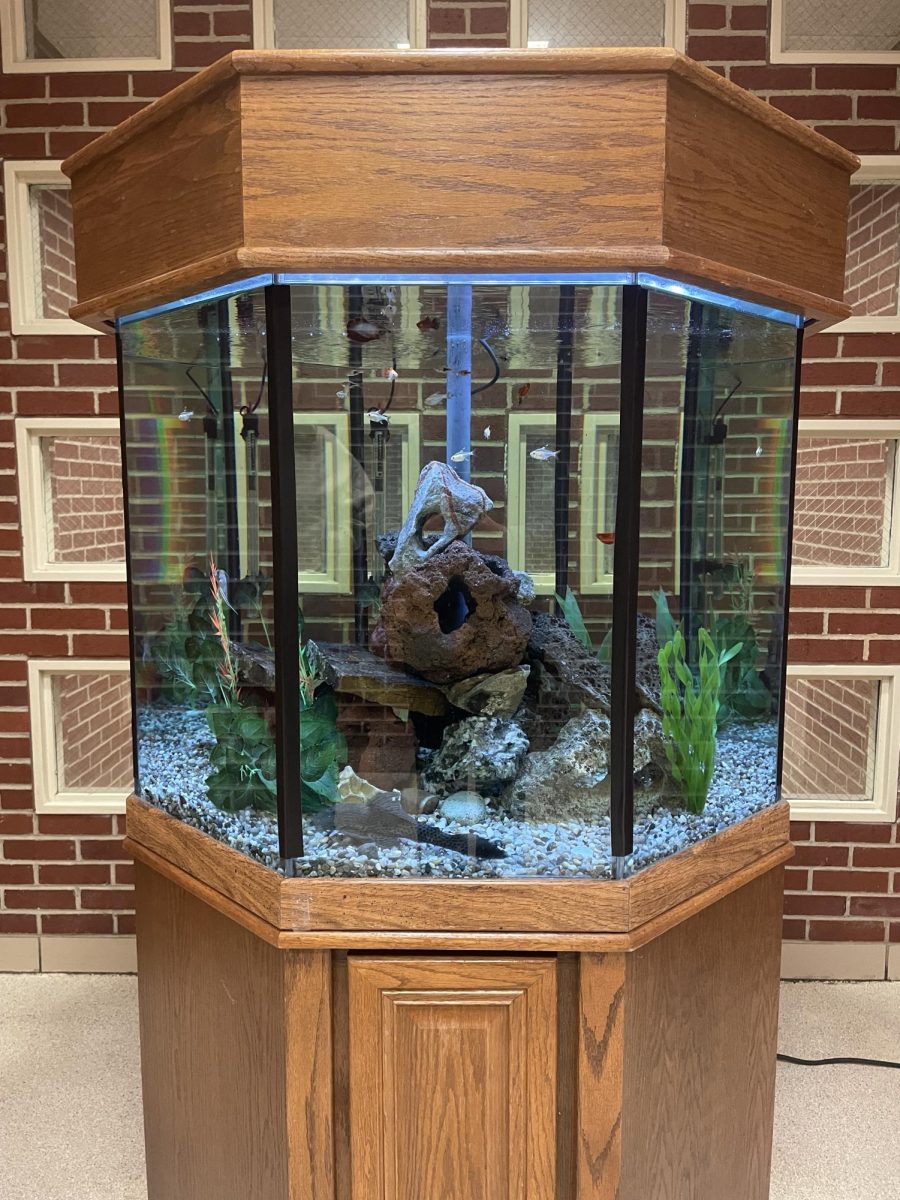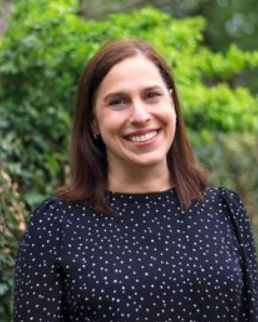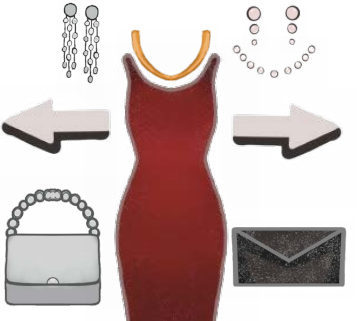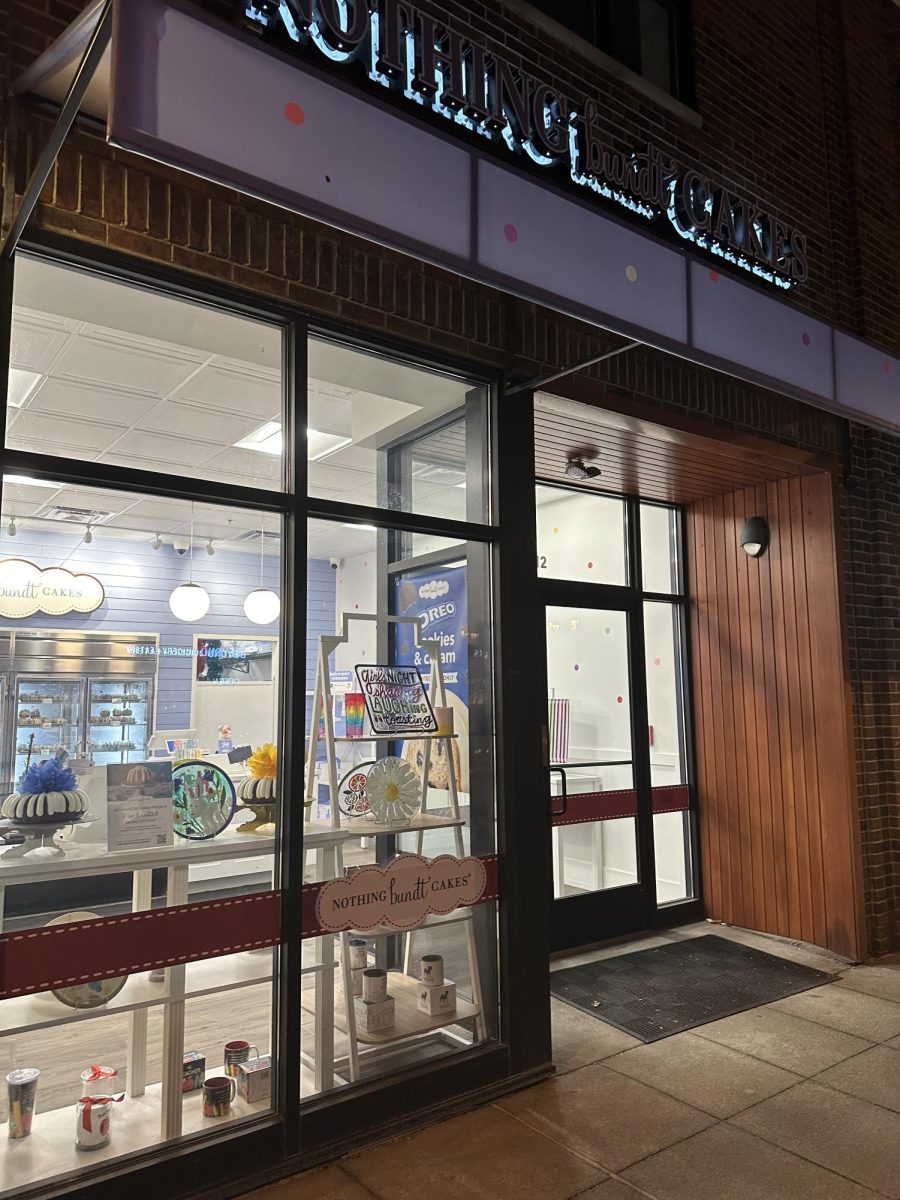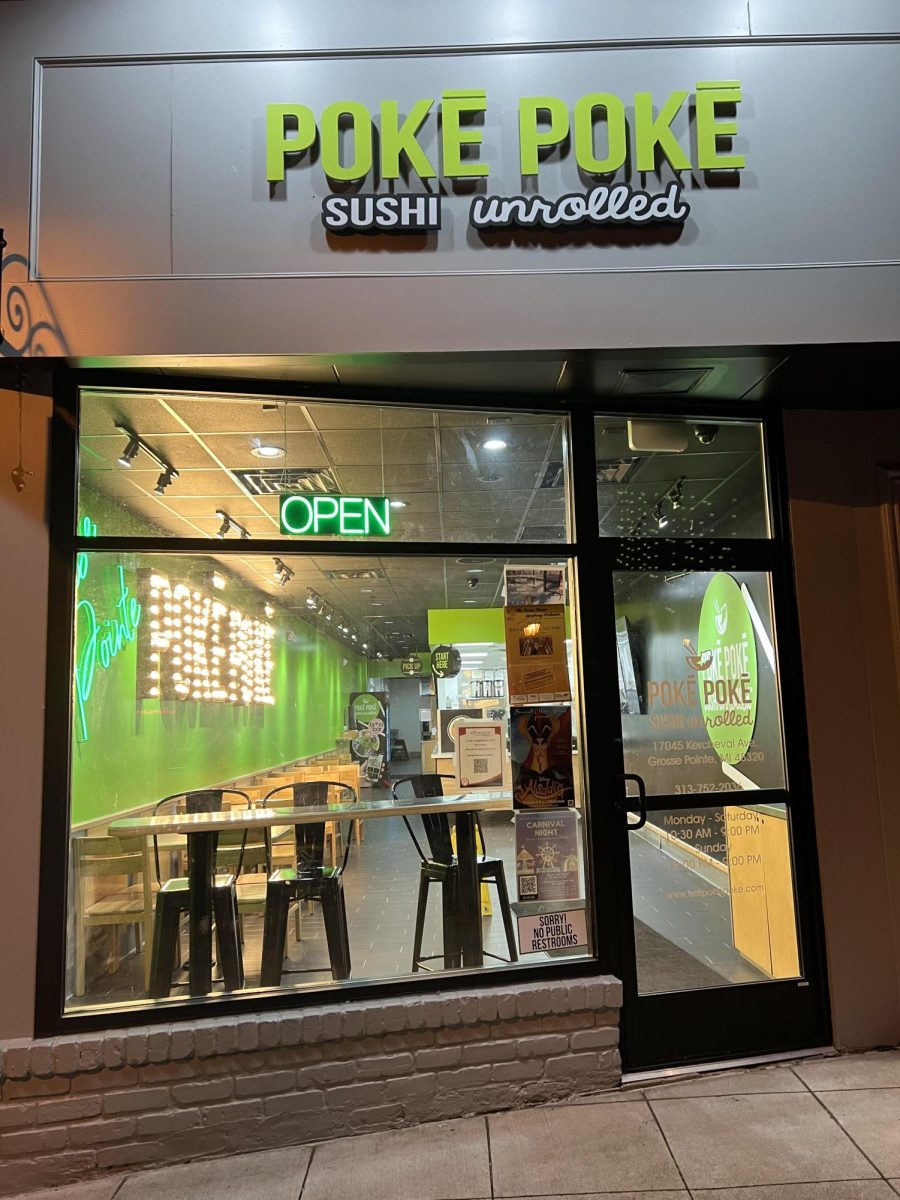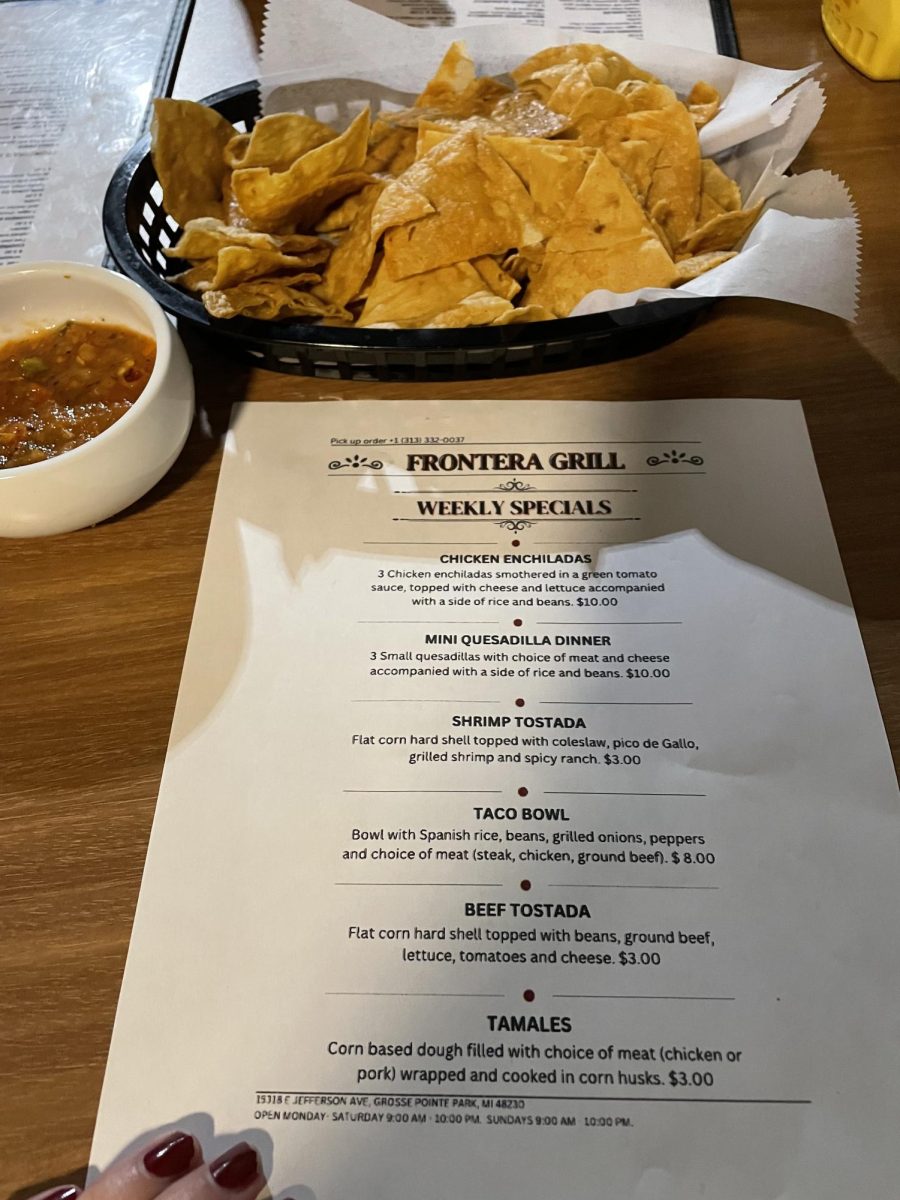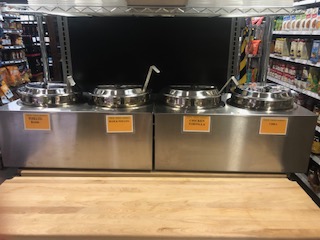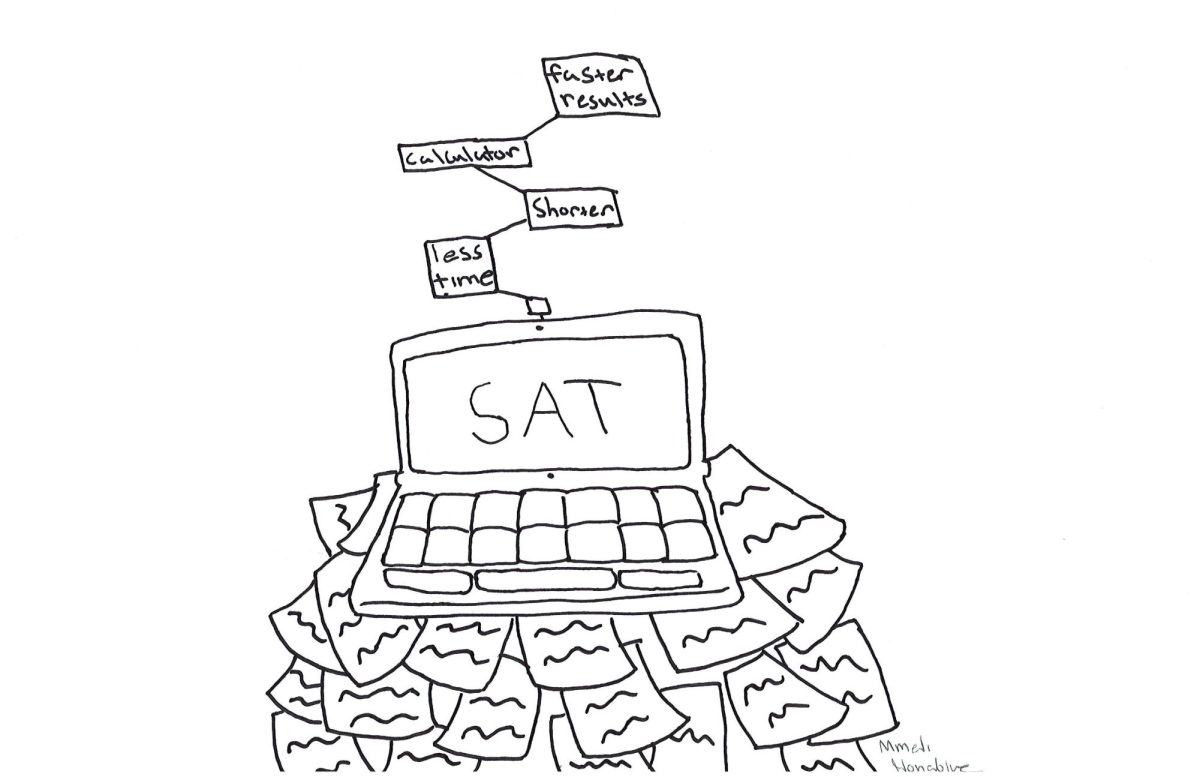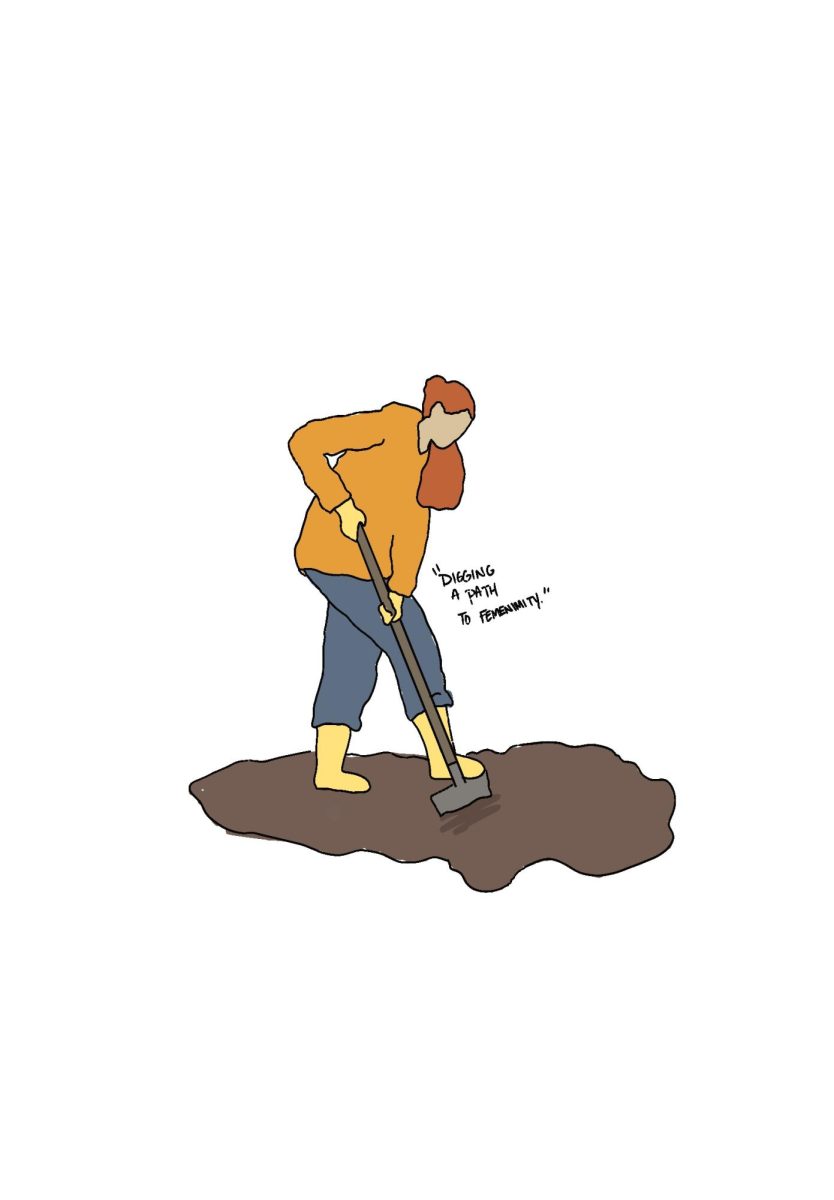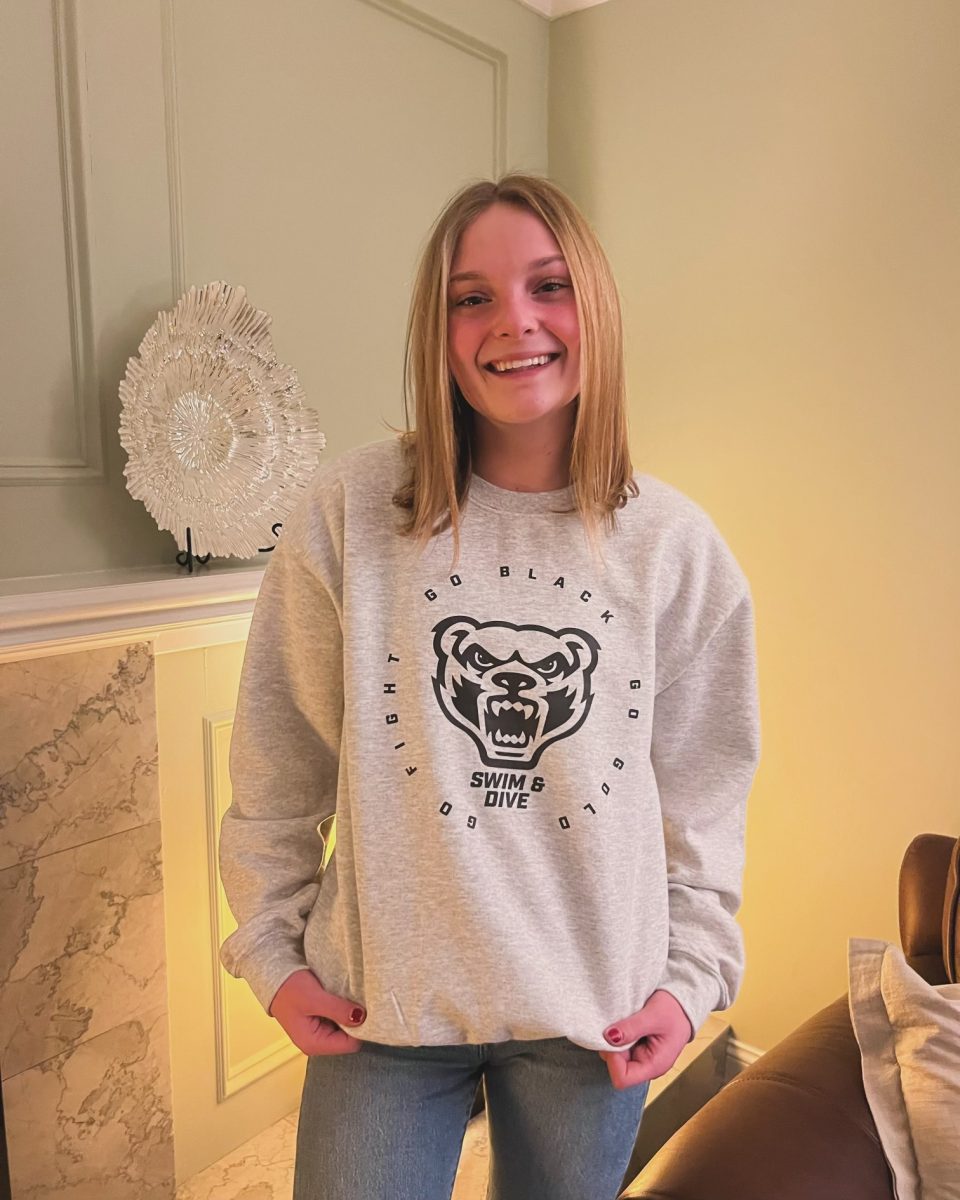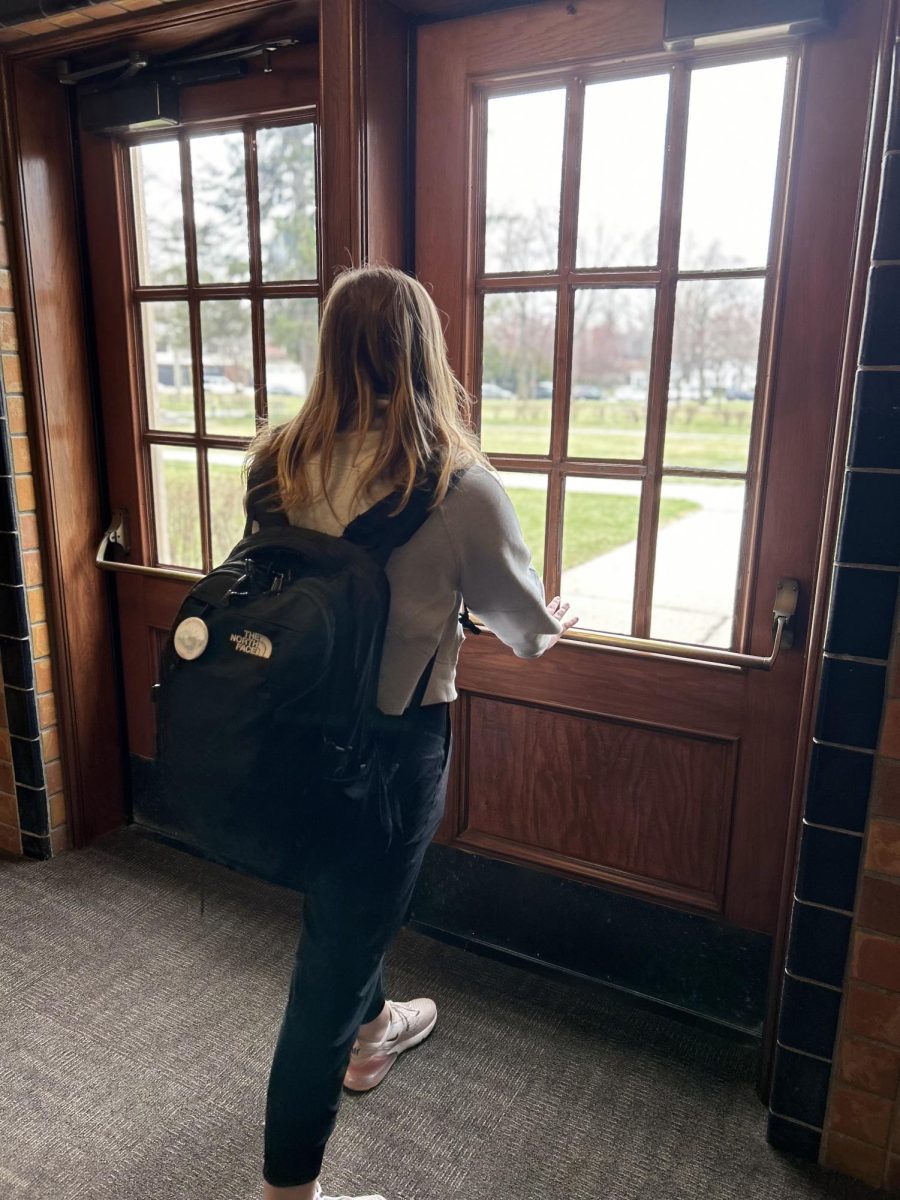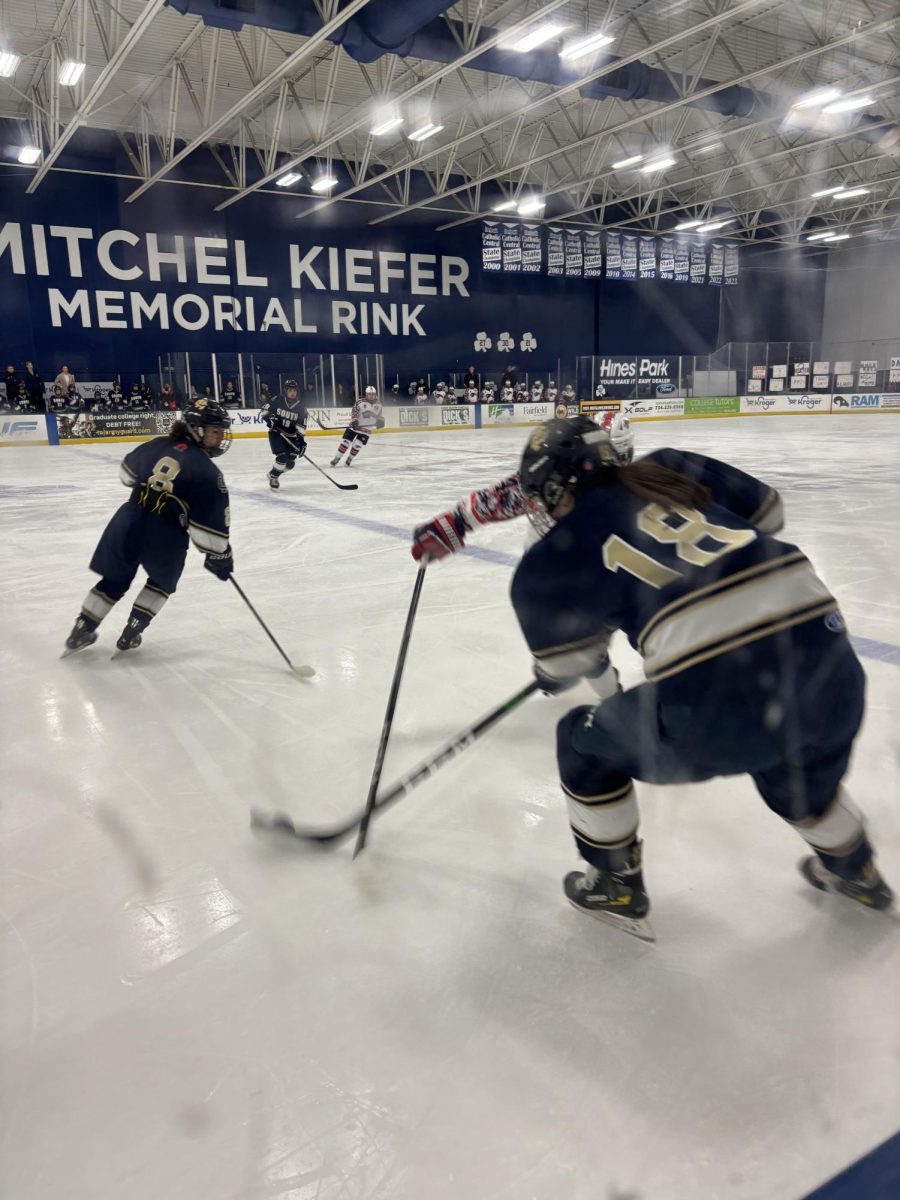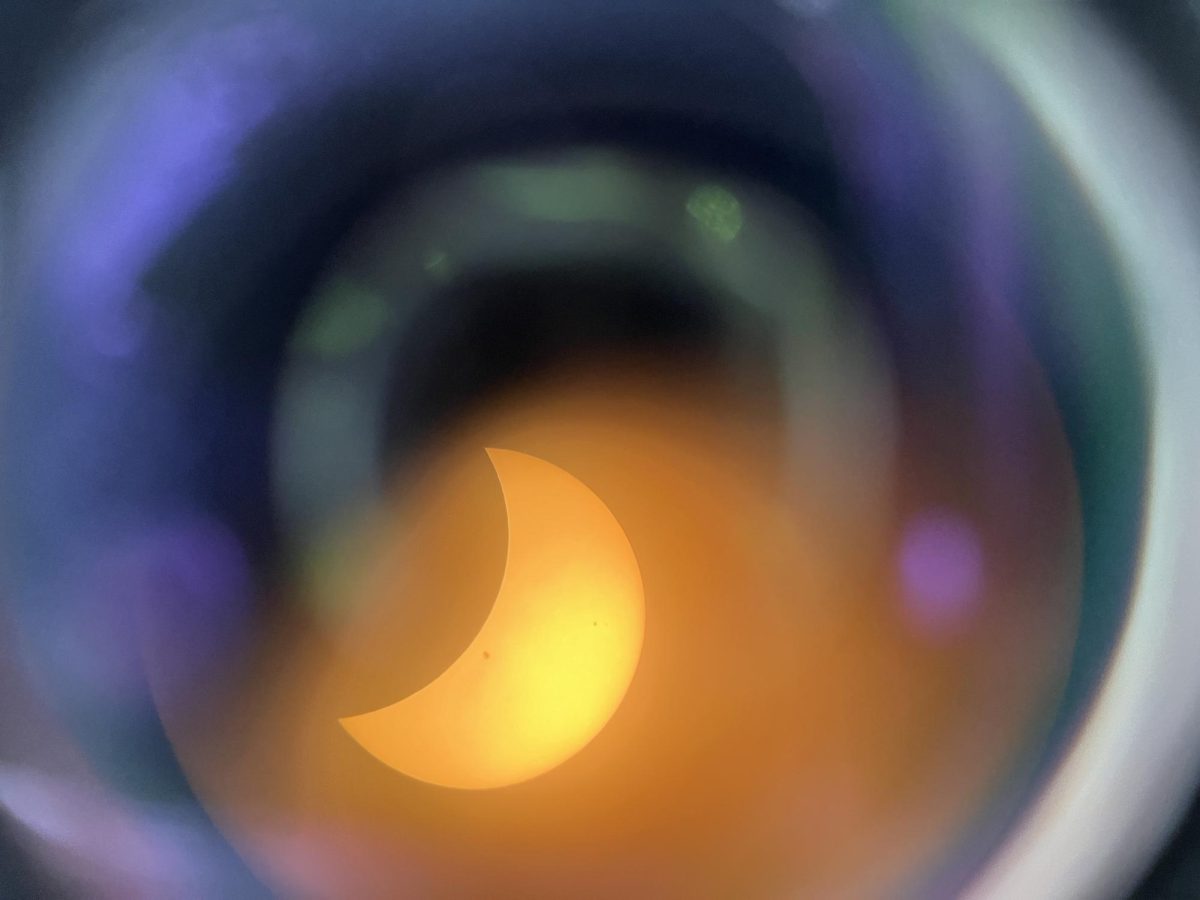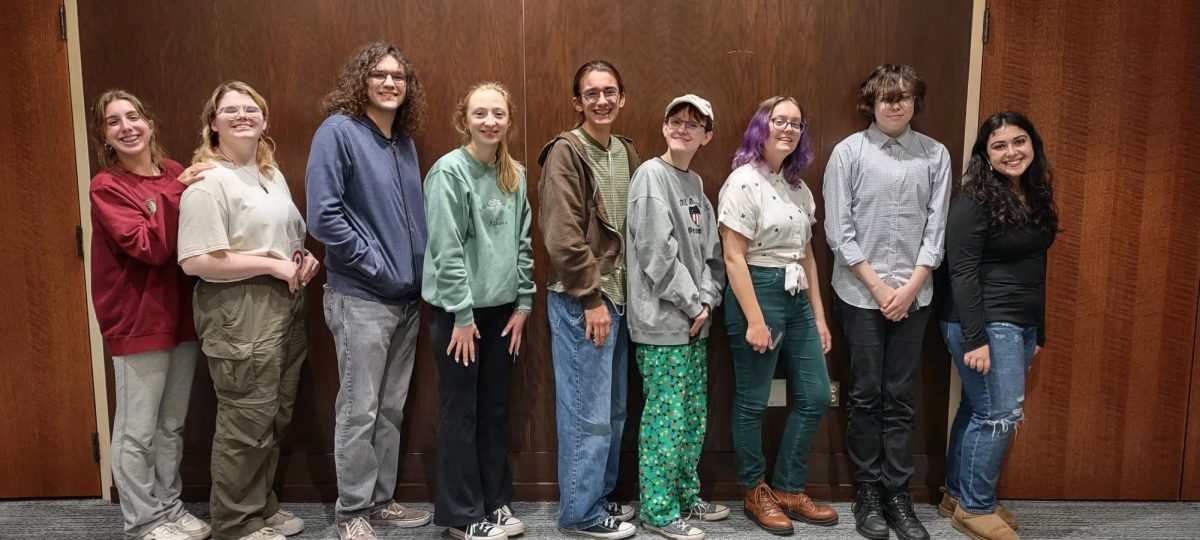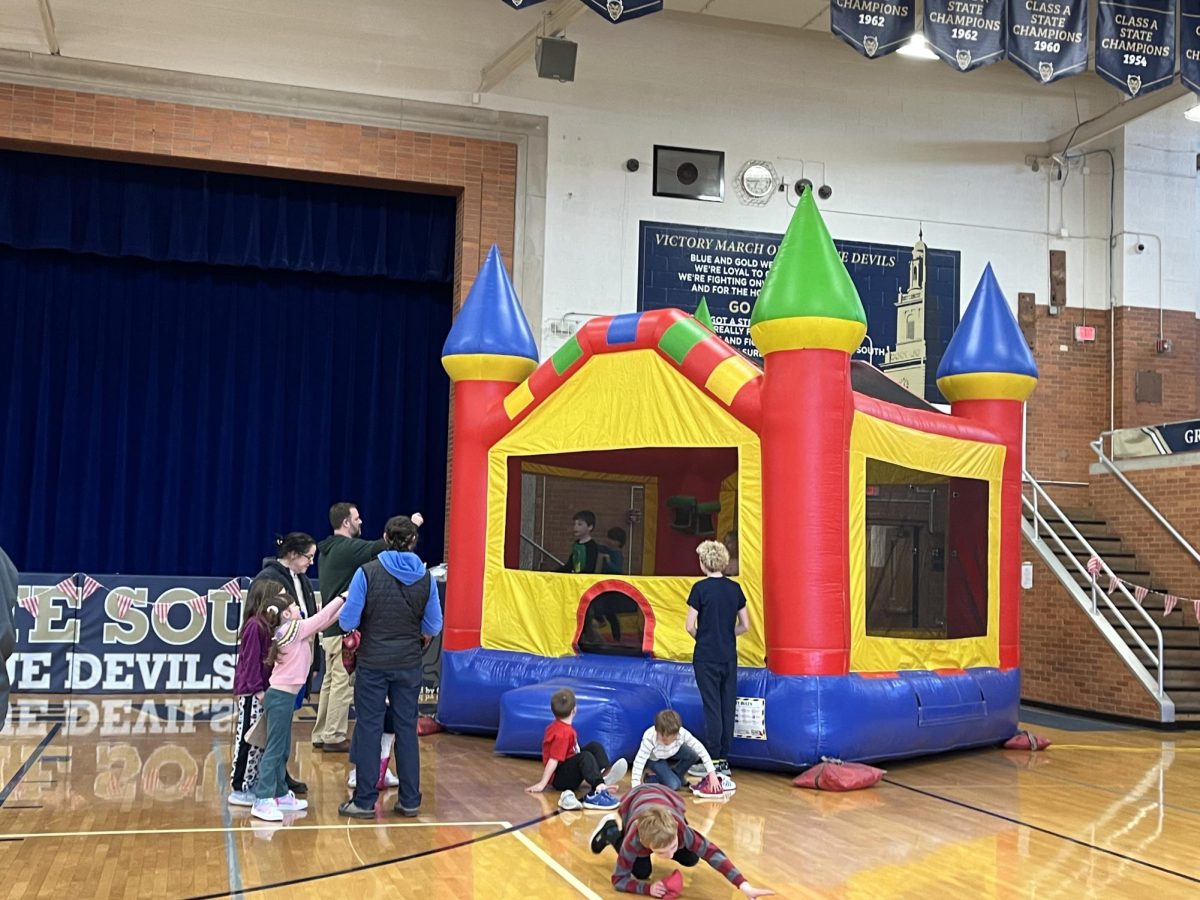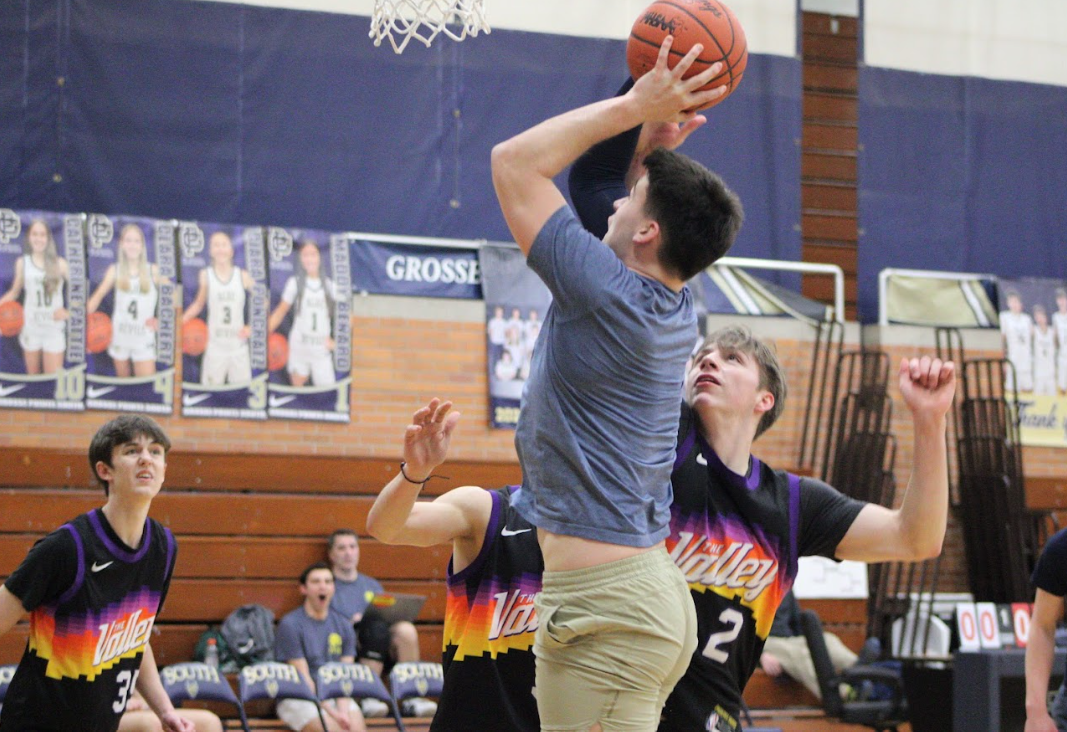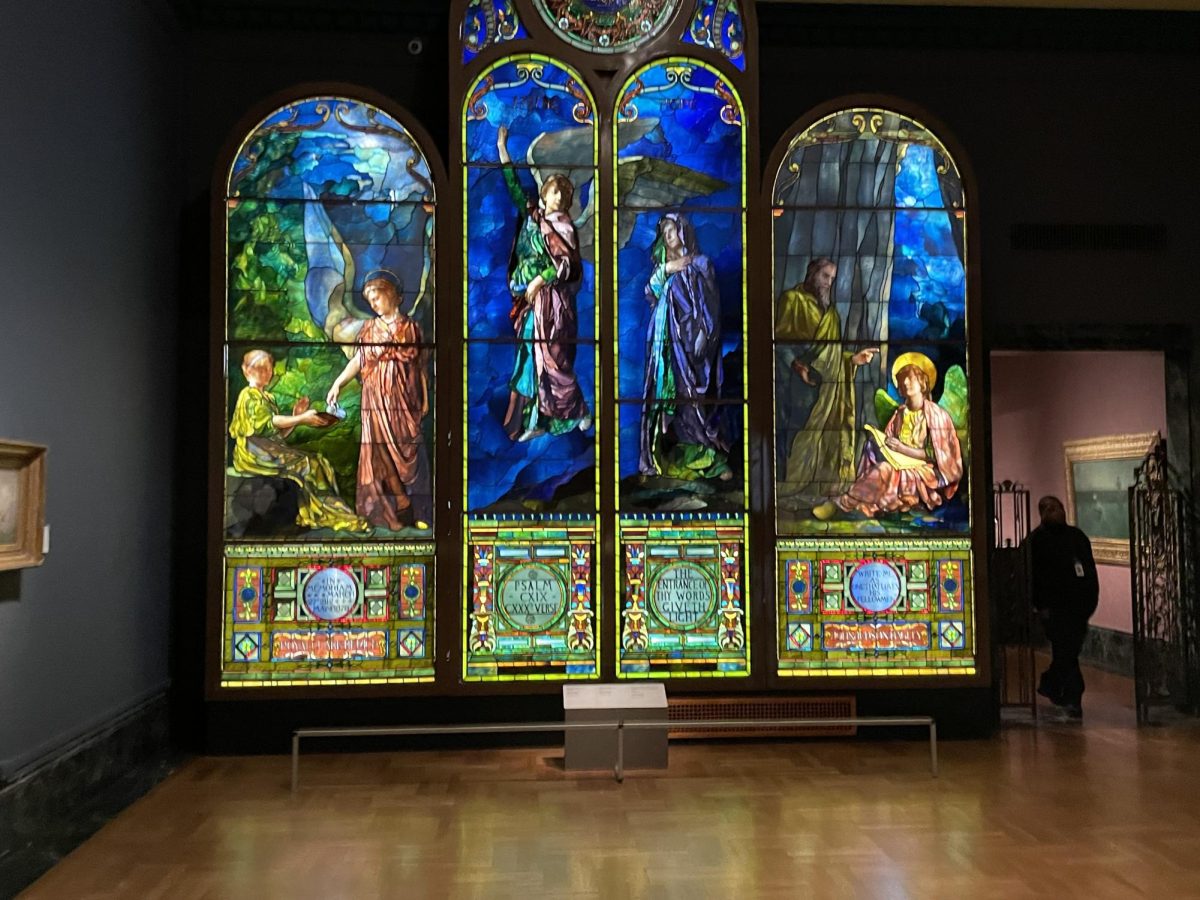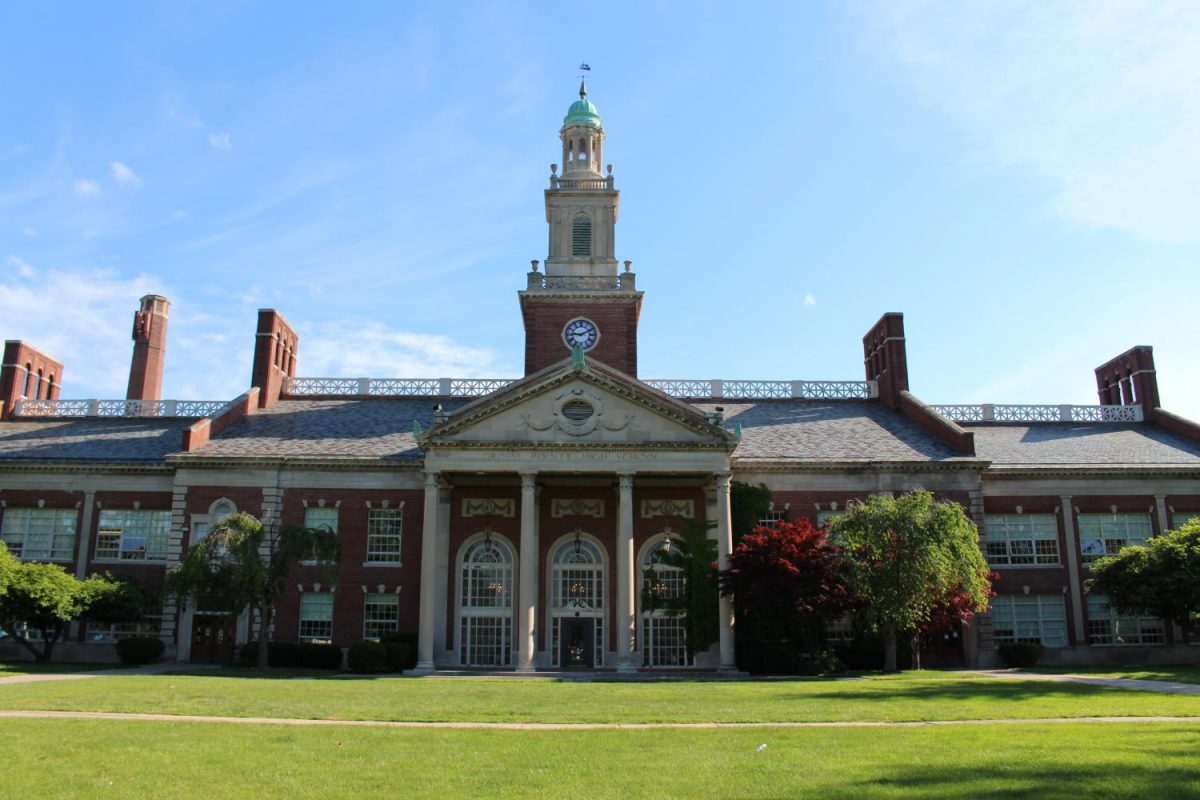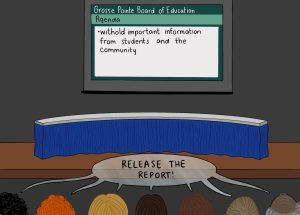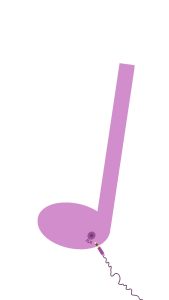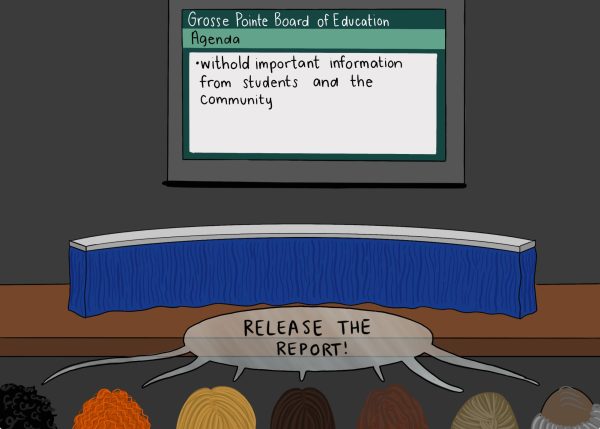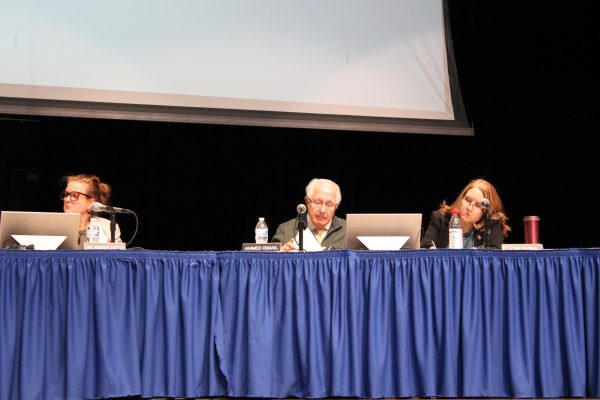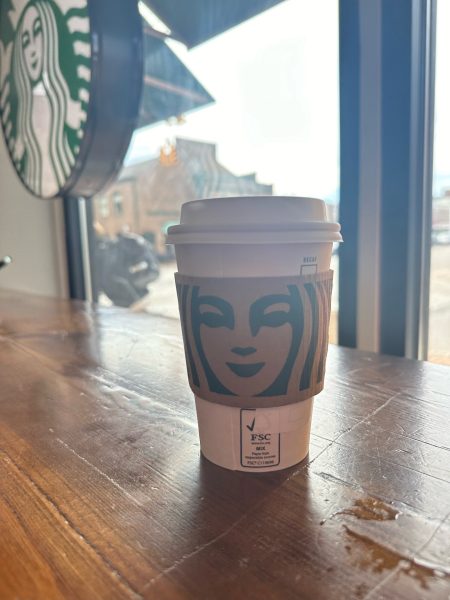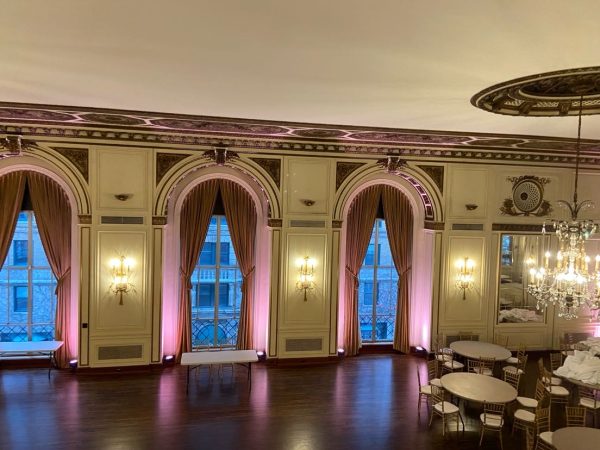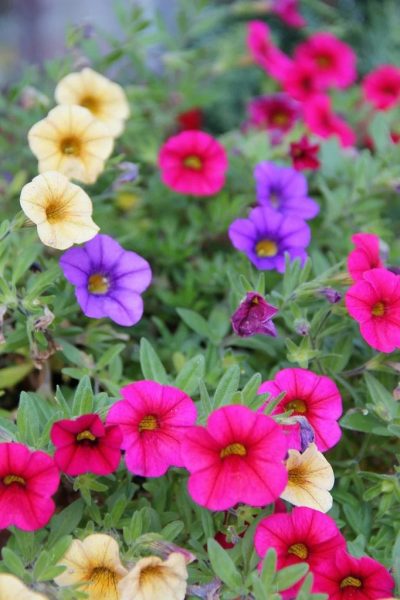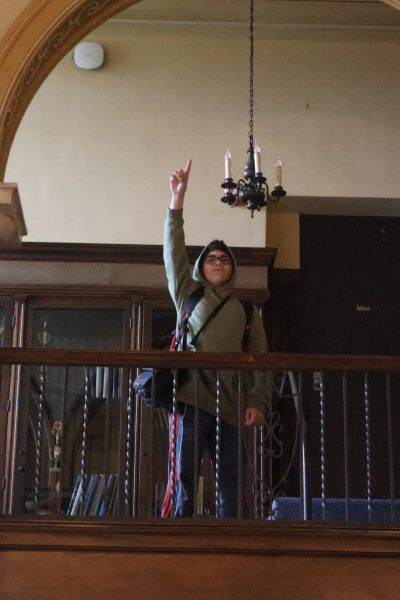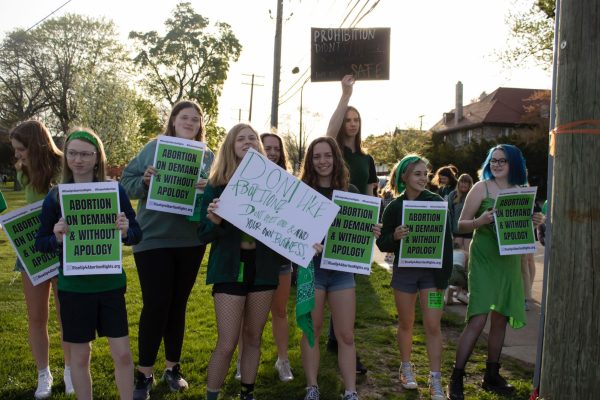There is fungus among us
Water leaking through South’s roof causes mold in the rooms, health issues for students and teachers
October 25, 2018
You can read the summary of mold related activities at Grosse Pointe South here
With nearly a month until the bond is voted, Grosse Pointe South principal Moussa Hamka is cautiously optimistic to find out what the outcome will be. One area of the bond will help fix the leaks from the roof that have caused mold in the air.
“Every time we do work, we have our building tested,” Hamka said. “We regularly test various things in our building. One of those pieces is water; we test our water all the time. We also test our air quality.”
According to Hamka, there are mold spores in the air. However, the mold spores inside South are about the same amount as the pollen and mold being breathed in outside. In addition Hamka said the school has been below the allowable amount of mold in the air. When there is damage or fixes are made to the building, school tests the air quality for water and mold.
English teacher Sandra McCue has dealt with building issues first-hand while teaching. Though McCue said she isn’t sure her particular classroom has mold spores, she said she deals with minor health issues in her classroom. She isn’t sure if it is due to the building issues; however, McCue said that she wouldn’t be surprised if they were to blame for her symptoms.
“I just always feel like my eyes and my sinuses are irritated,” McCue said. “There’s no for sure way to tell where it’s from. I’ve never had a mold test done in this room, I just know that we’ve had leaks and stuff like that. I would assume that there’s water that’s gotten into the walls and (other issues), so I wouldn’t be at all surprised if there’s mold. I also wouldn’t be surprised if that’s a contributing factor to sinus issues and things like that.”
However, some students at South have dealt with more serious health concerns. Ally MacLeod ’19 was diagnosed with Lyme disease last spring and was equivocal for one type of mold, meaning the mold was borderline in her system.
“There are four types of toxic molds you can get,” MacLeod said. “The mold I was equivocal for isn’t really affecting me. It was present for black toxic mold and that is what made me sick. I had my house tested for mold and my house didn’t have any. My mom emailed the superintendent about it and (he confirmed) South has mold. Because of that, my doctor said I’m not allowed to step foot in the building anymore because it has been making me so sick.”
I had my house tested for mold and my house didn’t have any. My mom emailed the superintendent about it and (he confirmed) South has mold. Because of that, my doctor said I’m not allowed to step foot in the building anymore because it has been making me so sick. — Ally MacLeoud '19
Hamka said the school has continued to repair important building issues. However, he recognized there are still problems that need to be fixed, and problems that continue to persist after the repairs are made.
“We have changed the whole slate roof over the original main building, but we continue to have issues with the masonry, the wall caps and the tuck pointing,” Hamka said. “We have made some repairs to the flat roof over the IA building as well as some repairs to the S building but we continue to have leaks.
Though buckets have been placed around the school to collect the dripping water, McCue said the leaks don’t affect her as much. However, she agrees with Hamka in that changes can be made to the classrooms to help herself, her students and the learning environment.
“Anytime you feel less than your best,” McCue said. “It doesn’t help your teaching, that’s for sure. I would like to be feeling a little bit healthier. It’s hard to tell if it’s allergies, or mold or (something else). Whatever the school would suggest to clean that up, I would think they should do that.”
Though some of the faculty at South was understanding of MacLeod’s health concerns, ultimately she wasn’t able to stay at South because of the health risks.
“Some of my teachers were really helpful and helped me catch up, but other teachers were very strict and gave me no time to catch up,” MacLeod said. “Since I have just been exposed to the mold more and more throughout the school year, progressively my attendance got worse. I would go from going the full week for the first two weeks of school, to going three days a week, and then half days. Finally, I just stopped going altogether.”
According to Hamka, the school wants to focus on being a healthy environment to teach and learn. When the building has leaks in some of the hallways and stairways, it produces a safety hazard.
Hamka, several walls and ceilings and walls have been damaged. Carpets had to be ripped up and mold was under carpets and in walls. As a result of the damage, an environmental company was brought in to replace the faulty ceilings and walls.
However, Hamka remains optimistic about the building issues and is confident the school can work with their current resources to keep everything intact. At the end of the day, Hamka believes learning is the most important goal South student should focus on.
“We want to keep the focus on learning and we want this to be a place that inspires you to learn and grow, Hamka said. “When you’re sitting in the classroom and there is a bucket next to you catching the dripping water, that’s not ideal. We’re going to have to continue to navigate the leaks and fix the damage that occurs when it occurs. (We’ll) do the best that we can with what we have.”


